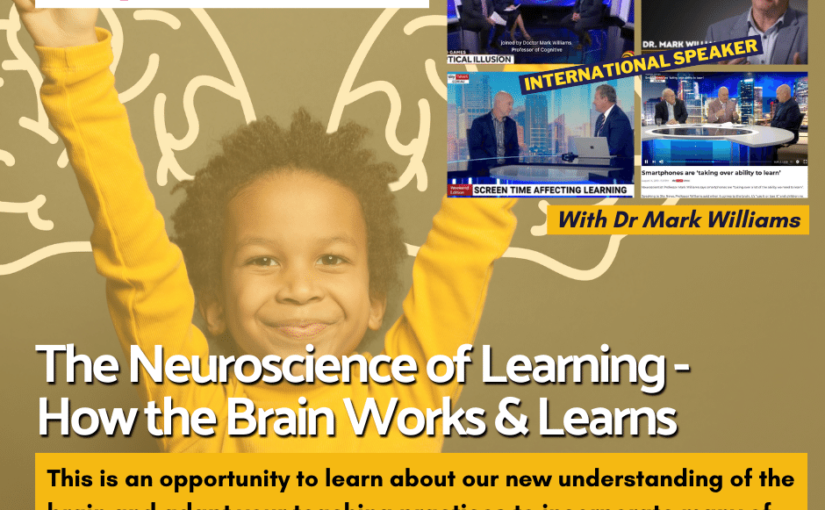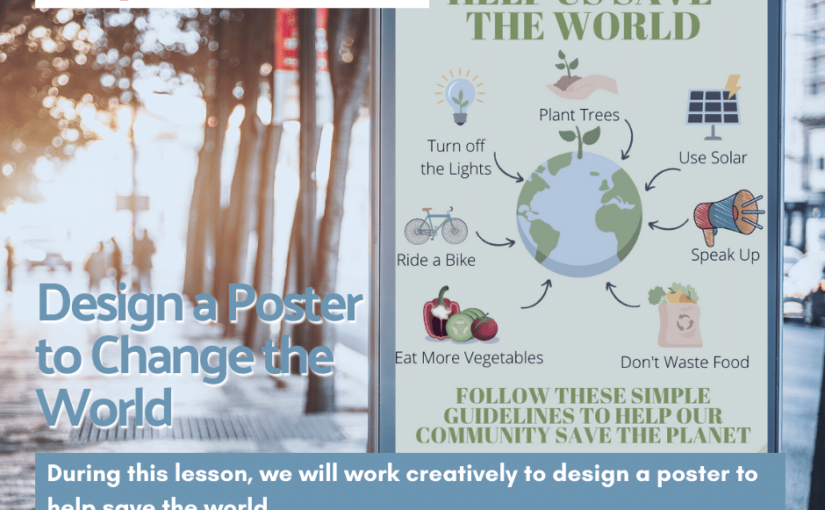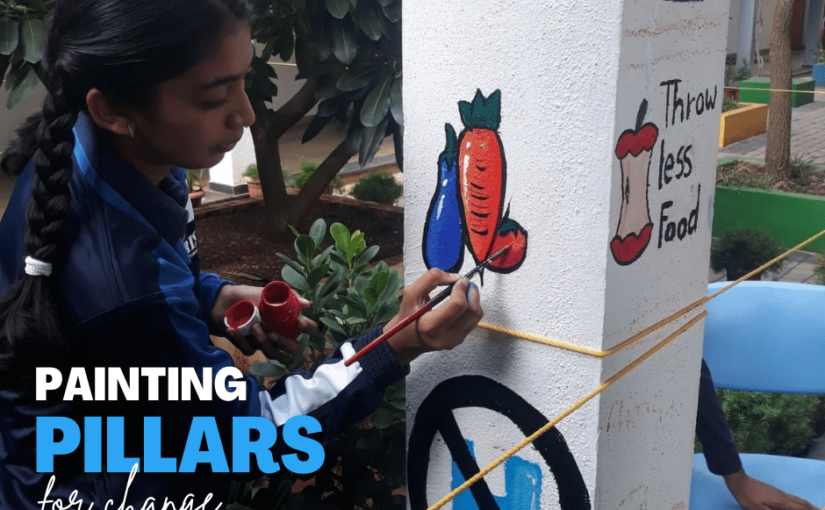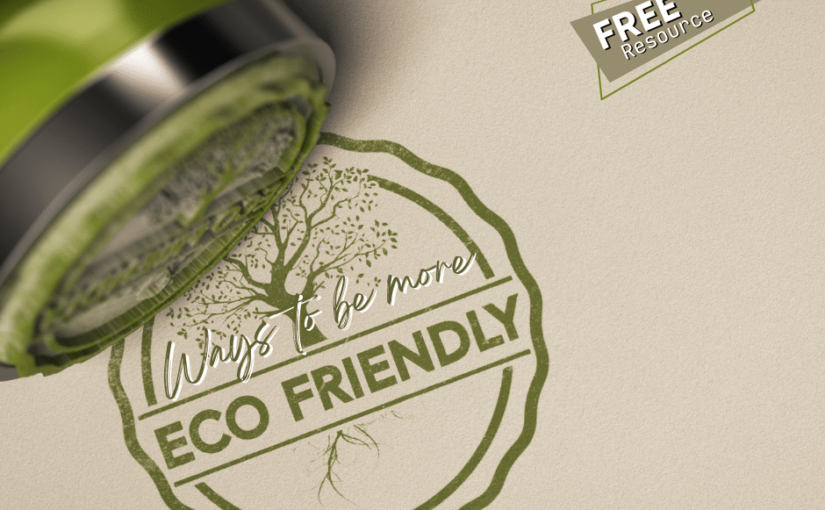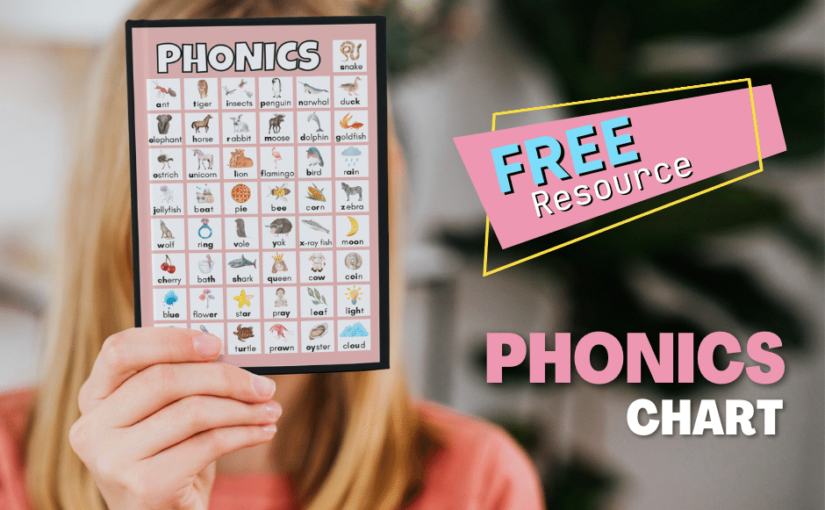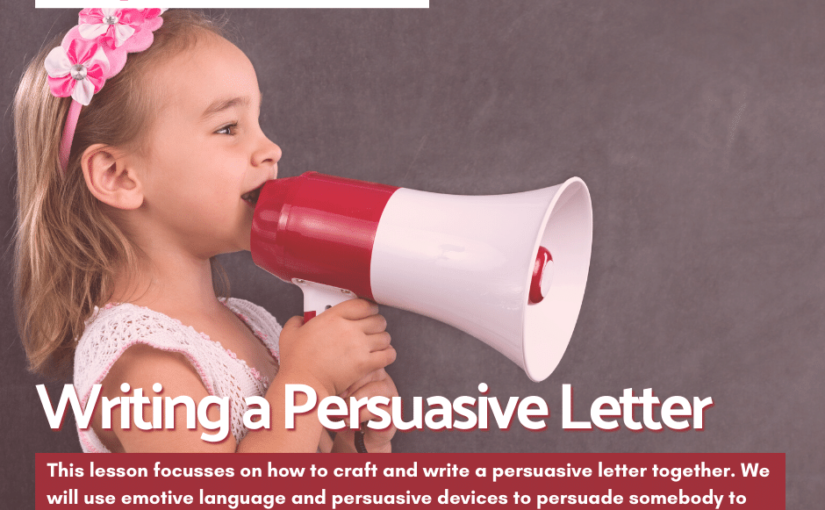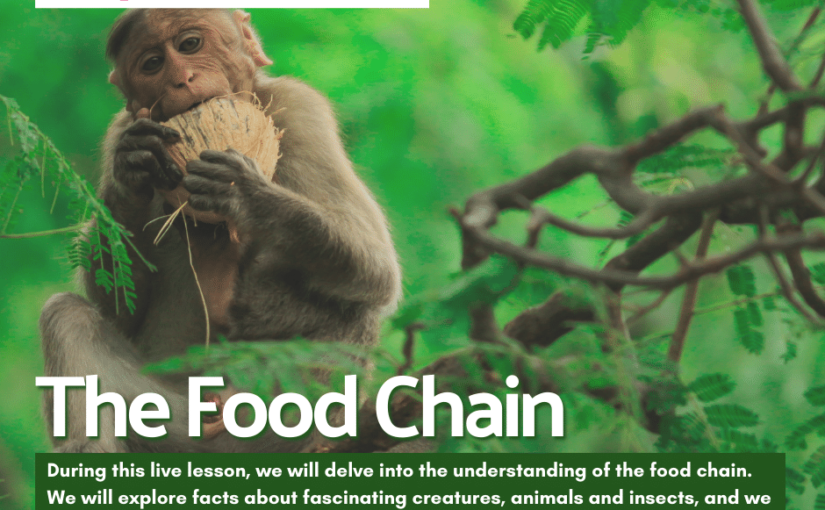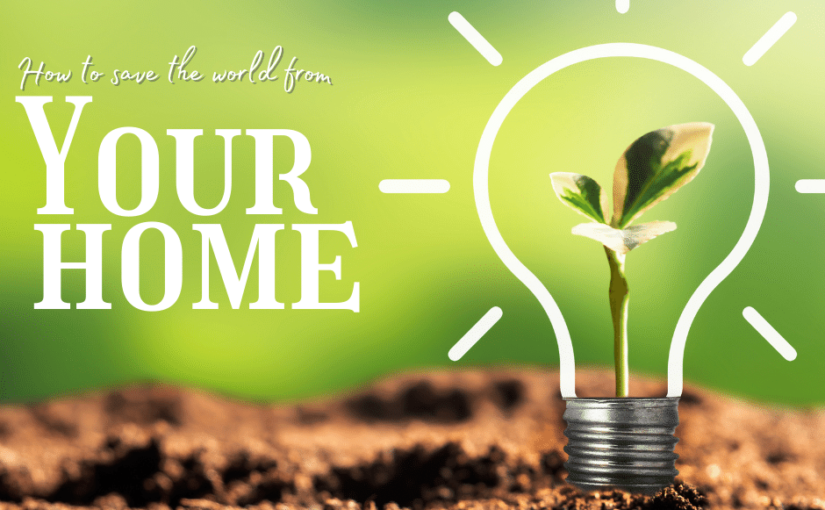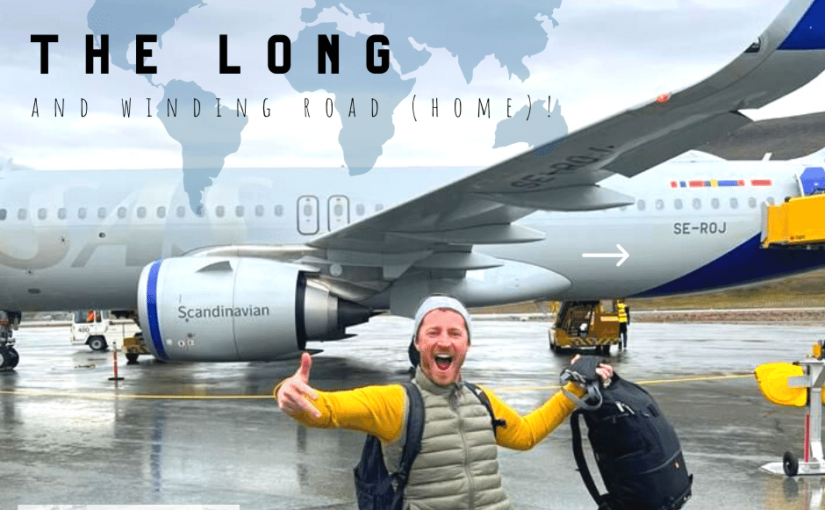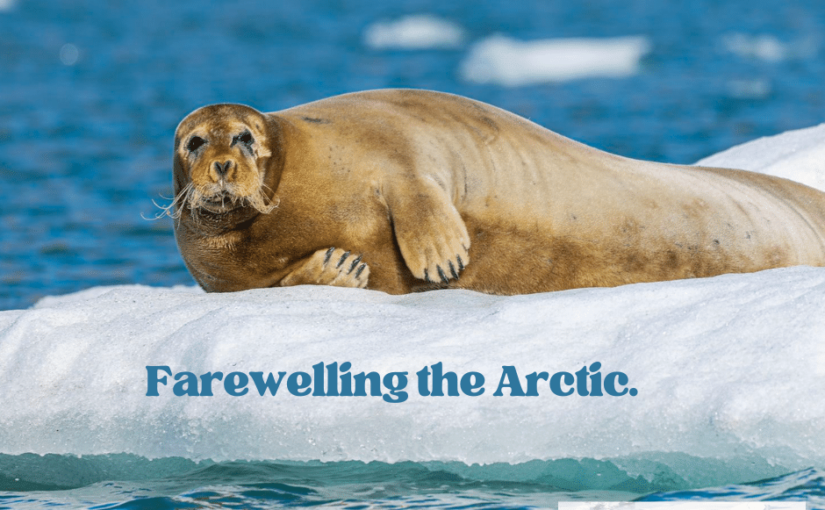Dr Mark Williams is a Professor of Cognitive Neuroscience, Author, International Speaker and Facilitator. He is the Director of Rethinking the Brain. Join us on this informative session on how the brain works and how we learn!
Understanding how our brains learn is essential for parents and teachers.
In the past 20 years, there has been a dramatic increase in our understanding of the human brain, how it develops and learns and how best to teach students.
It is an extremely exciting time with the advent of modern technology we can now see inside the brains of people while they are thinking, learning and feeling. It has resulted in some amazing new discoveries about how our brain works and how it changes throughout our lives.
These new findings allow us to understand each other better than ever before. This means that many of the older ideas and strategies around learning and memory have been shown to be incorrect and recent findings paint a very different picture of the human brain and its capacity to learn.
This is an opportunity to learn about our new understanding of the brain and adapt your teaching practices to incorporate many of these findings into your own teaching strategies.
We will discuss many of the recent findings and the new concepts and ideas around the neuroscience of learning.
About Mark:
Mark runs programs for schools, parents, businesses, and individuals on the neuroscience of learning, the neuroscience of emotions, and the impact of modern technologies (like smartphones) on our brain. Learning outcomes, resilience, curiosity, tolerance, and emotional intelligence are all declining whilst stress, anxiety, depression, and suicide are rising. Money and technology alone are not the answer to innovative practices in our schools, workplaces, and society. We need a significant shift in our understanding.
Mark is available to work with schools through a rigorous evidence based approach to enhance learning and leadership.
Please reach out to him via his website: https://www.drmarkwilliams.com/
Follow him on Social Media:
Linkedin: https://www.linkedin.com/in/mark-williams-4b401354/
Facebook: https://www.facebook.com/TheDrMarkWilliams/

